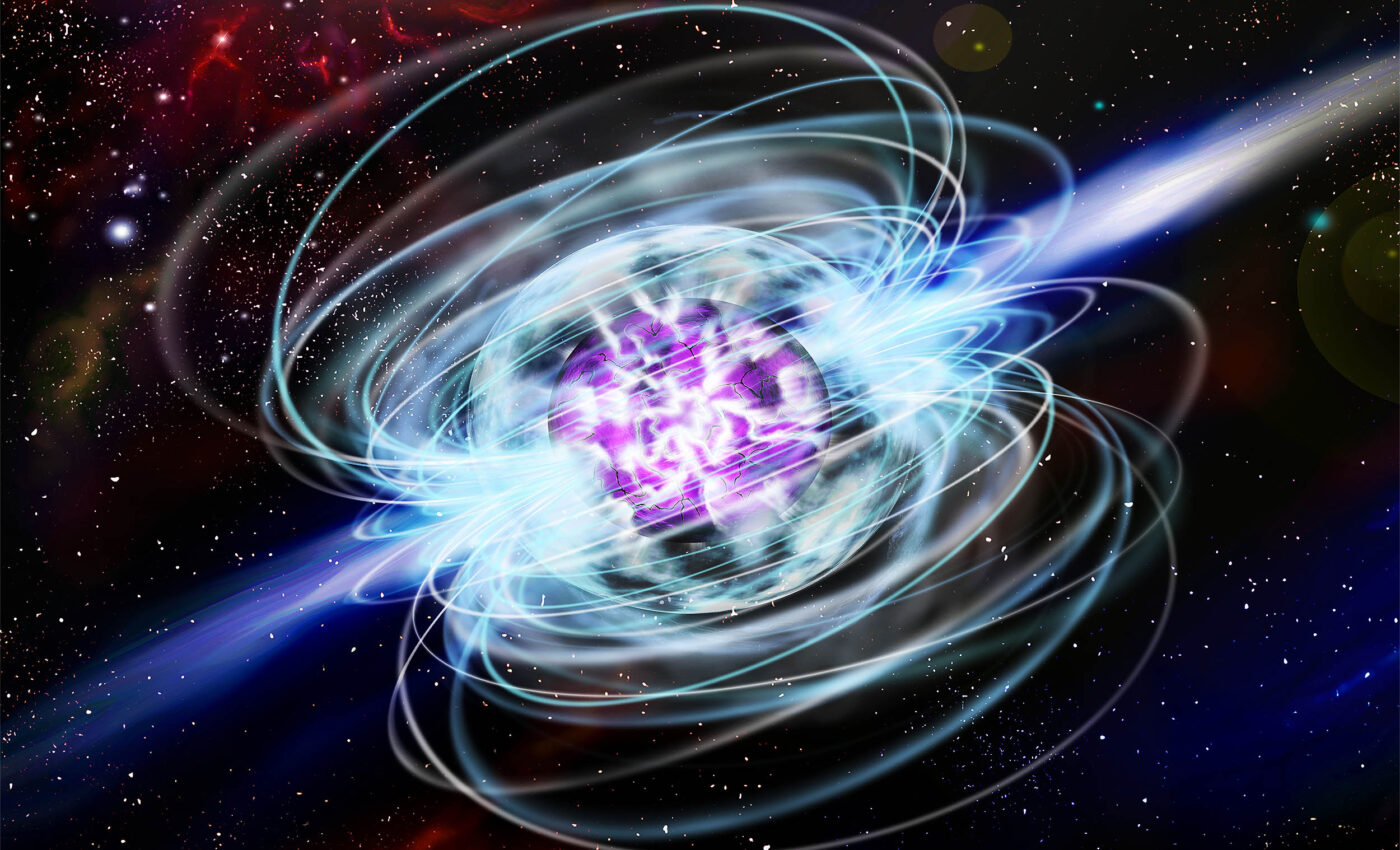
Kilonova explosion, light years away, would devastate the Earth
The cosmos hosts some of the most spectacular events known to science, with neutron star collisions standing out as particularly awe-inspiring. Such an event is known as a kilonova.
These cosmic phenomena, more significant than supernovas, occur when two neutron stars or a neutron star and a black hole collide, producing a massive explosion in an almost perfect sphere.
Kilonovas unleash a myriad of potentially life-threatening radiations towards Earth, though only if our planet lies perilously close to the explosion.
Closer look: A kilonova’s threat to Earth
A recent study published in The Astrophysical Journal delves into the specifics of these kilonovas, illuminating their nature and the risks they pose to life on Earth.
Kilonovas are described as radioactive, bright fireballs expanding at enormous speeds, predominantly comprising heavy elements that are ejected into space. These elements then mix with gas clouds, contributing to the formation of new stars and planets.
The study highlights the dangers of high-energy gamma rays released by kilonovas, which can heat up cosmic gas and dust to produce a potent X-ray afterglow, posing an additional risk to Earth.
Moreover, the shockwaves from these cosmic explosions can emit cosmic rays from gas and dust, further increasing the peril.
Neutron stars: The cosmic underdogs
Neutron stars, the protagonists of these celestial events, are exceptionally compact, weighing up to two times as much as the Sun despite their mere 20 kilometers diameter.
The study’s authors note, “Binary neutron star mergers produce high-energy emissions from several physically different sources, including a gamma-ray burst (GRB) and its afterglow, a kilonova (KN), and, at late times, a remnant many parsecs in size.”
Ionizing radiation from these sources can be dangerous for life on Earth-like planets when close in proximity.
Kilonova radiation risks
These types of radiation are not to be taken lightly, as the X-rays and gamma-rays can ionize our atmosphere, leaving it vulnerable to solar winds and ultraviolet light from the sun. Cosmic rays could even vaporize the atmosphere, leading to widespread extinctions.
The researchers specifically warn about the hazards of gamma-ray cocoon emissions, which could ionize the atmosphere, causing hemisphere-wide electromagnetic pulses.
Such events could expose astronauts in space to lethal levels of radiation, inducing light flashes even with closed eyes, reminiscent of experiences reported by Apollo astronauts.
For those on Earth, muons produced in the atmosphere could lead to mutations and birth defects, presenting a clear and present danger to human health.
Safe distance: Calculating the cosmic buffer
The study focused on a particular kilonova, GW170817, situated about 130 million light-years from Earth, observed first in 2017.
This event allowed scientists to calculate the energy released and determine the safe distances from such an explosion: 3 light-years for X-ray afterglow effects, 13 light-years for gamma rays, and up to 36 light-years for cosmic rays.
Despite the potential dangers, the rarity of binary neutron star mergers and their relatively small lethality range suggest they are not a significant threat to life on Earth.
The study estimates that the mean recurrence time of lethal mergers at the Sun’s location far exceeds the age of the Universe.
However, even non-lethal proximity to a kilonova could disrupt Earth’s technology and remain visible in the sky for over a month.
Assessing the kilonova threat
The likelihood of life developing in regions of the galaxy prone to neutron star mergers is diminished by the powerful radiation released, yet the study suggests other cosmic events, like supernovas, pose a greater risk.
The study’s conclusion is reassuring, stating, “Mergers viewed off-axis are unlikely to ever impact life on Earth in any significant way, and they are also unlikely to disrupt potential life in other parts of the Milky Way.”
In summary, this fascinating research enhances our understanding of the cosmos and the delicate balance of conditions required for life, while underscoring the resilience of Earth’s position in the galaxy, safely ensconced from the spectacular but deadly fireworks of the universe.
The full study was published in The Astrophysical Journal.
—–
Like what you read? Subscribe to our newsletter for engaging articles, exclusive content, and the latest updates.
—–
Check us out on EarthSnap, a free app brought to you by Eric Ralls and Earth.com.
—–













